By: David O. Monda
I had the opportunity to do a three-month research project in Johannesburg that ended in late August 2019. It centered on the impact of xenophobia on African migrants looking to set up businesses in the city. I was based in Hillbrow, which is a dangerous part of Johannesburg, a no-go zone. What Hillbrow lacks in safety, however, it returns tenfold in the depth of African migrant experiences to be found there. These are experiences that reveal a cacophony of tears, trepidation and sorrow; of dreams turned into nightmares, of years of waiting for refugee papers that never get processed; of the horror of having to face xenophobic attacks from other black Africans taking out their anger and frustration over a weak economy and high unemployment on African migrants. Many of these migrants originate from Nigeria, Zimbabwe, Mozambique, the Democratic Republic of the Congo (DRC), Ethiopia, Somali and yes, even from Kenya.
Hillbrow is a part of Johannesburg much like Shauri Moyo or Maringo are related to Nairobi. Maringo and Shauri Moyo are close to the Central Business District (CBD) of Nairobi and allow poor workers easy access to work in factories in the Industrial Area. Similarly, Hillbrow is located in the CBD of Johannesburg and affords workers easy access to jobs in hospitality, retail, and hawking on the streets.
Hillbrow is ravaged by violence, desperation, and homelessness. It hosts a vast number of undocumented immigrants from a plethora of African nations. It is an attractive haven for recent African migrants because rents in the area are cheap. But many of the buildings in Hillbrow are in a dilapidated condition and, consequently, renters will pay low rent to mobsters who have taken over the role of landlords. The mobsters have emerged as landlords because the original white landlords from the late 1980’s and 1990’s were scared away or gave up on threatening residents for rent.
Hillbrow was also one of the epicenters of the xenophobic violence that crippled Johannesburg for almost two weeks in September of 2019. Over the period of my own stay in the area, it also became clearer to me that the issues of hunger and homelessness were intertwined with the hateful narrative of xenophobic violence.
For the majority of Johannesburg’s poor, the reality of a day in the area is a walk around the streets of Hillbrow intoxicated, high on drugs, and consumed by a spirit of helplessness due the tragic condition in which they find themselves. Many of these same homeless and hungry people are involved directly in the looting and violence against African migrants. They steal food, drinks, and anything else they can get their hands on in a desperate effort to take advantage of a few minutes of madness to temporarily placate the ravages of hunger and homelessness that have become the epitome of their lives in Hillbrow. In the words of the English thinker Thomas Hobbes, life for these hungry and homeless has become nasty, brutish and short.
The question on my mind is: Where is the government? How can black South Africans brutally attack and destroy the property of African migrants with such fickle response from the state? And it is the most powerful state in Africa, no less. I have concluded that the South African government is unable or unwilling to call this targeted anti-immigrant violence what it is, xenophobia.
President Ramaphosa has hidden behind clichés about sporadic violence and low-level criminality. The reason he has done so is for fear of alienating the exasperated mass of black South Africans who are angry and frustrated at their government for not doing anything to improve their lives, even after more than a quarter century since the end of apartheid. In addition to this, blaming the African migrants for the ills that bedevil the South African economy gets the government off the hook for massive corruption and poor economic planning. These twin challenges have made it impossible for the government to create the volume of jobs needed for the expanding number of youth coming into the job market each year.
What is the solution to the problem of xenophobia in South Africa? An admission from the government that the problem exists would be a good first step in the right direction. In addition to this, rather than President Ramaphosa sending envoys to African capitals to apologize for the symptoms of a problem, he should confront the challenge head on. This can be done by instituting a regional initiative through the Southern African Development Community (SADAC) to construct a multi nation system that will document the thousands of migrants seeping through South Africa’s borders each day. Lastly, South Africans need to have a national dialogue about what it means to have immigrants in their midst and what part of this falls outside the country’s earlier vision of being a Rainbow Nation. South Africa cannot continue to preach the gospel of African Renaissance while it practices the talk of xenophobia. Aluta Continua!
David O. Monda is professor of Political Science at City University of New York – Guttman College
Image: A street market, in vicinity of Hillbrow, Johannesburg, South Africa. By Joonas Lyytinen via. Wikipedia.

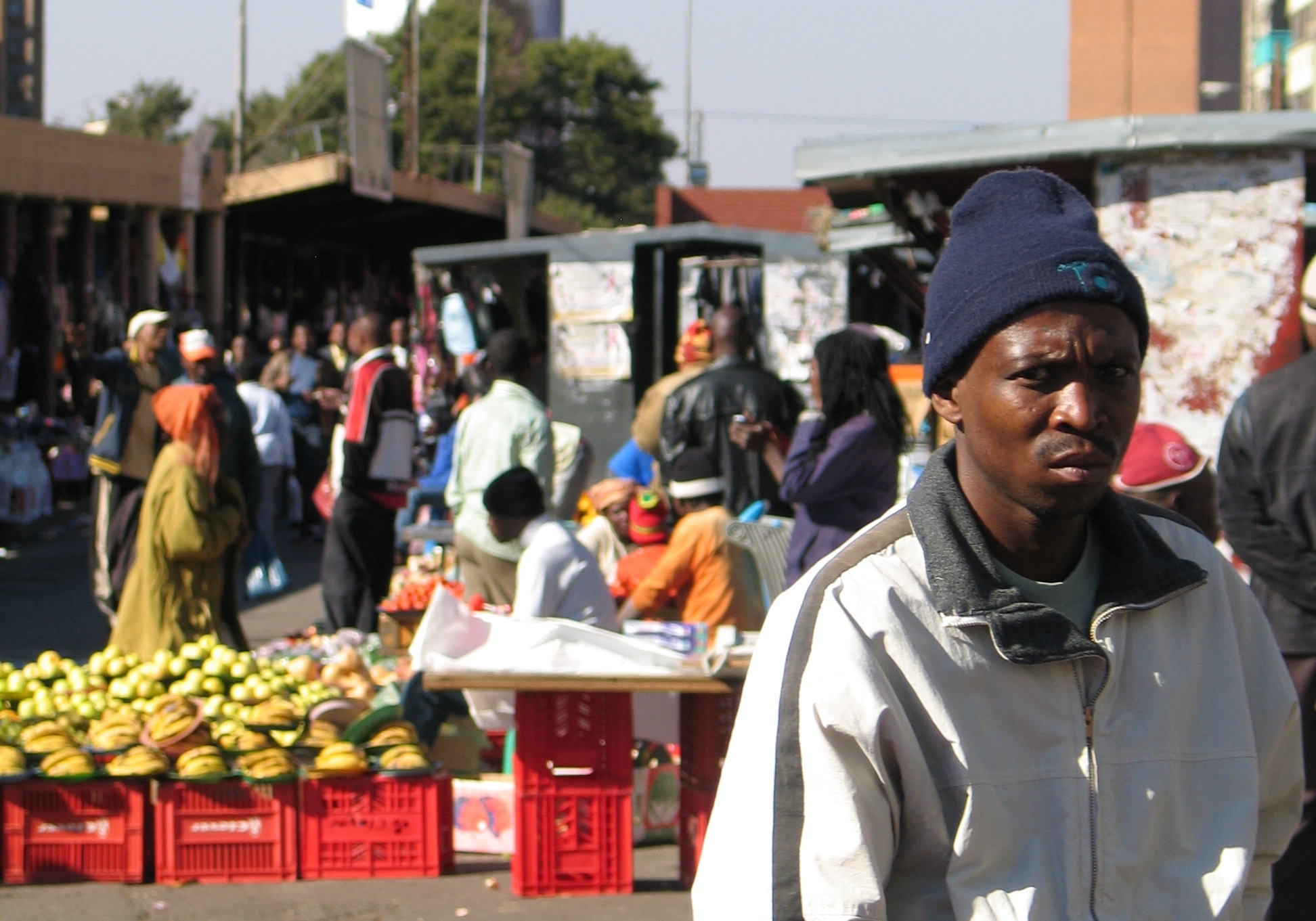
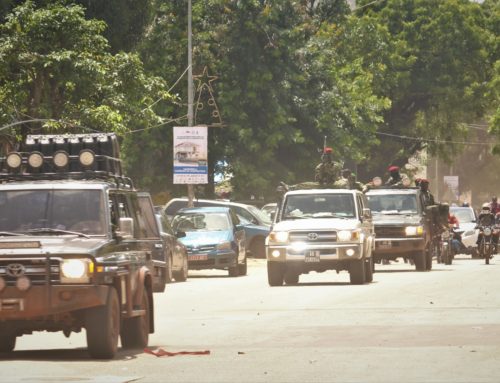


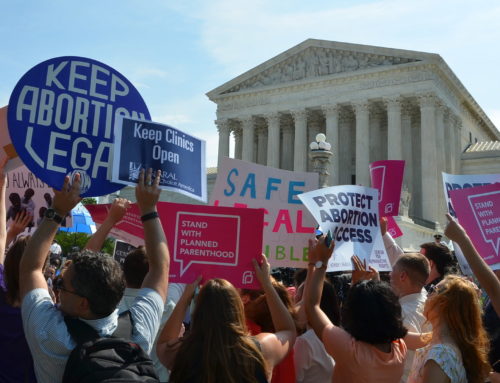

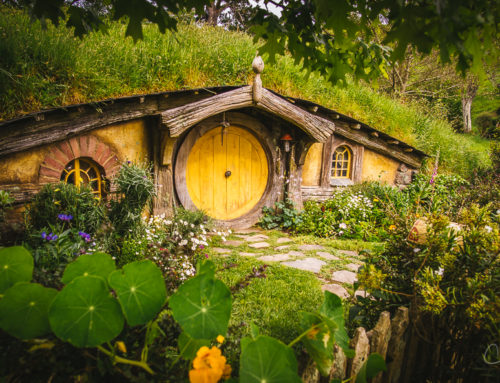
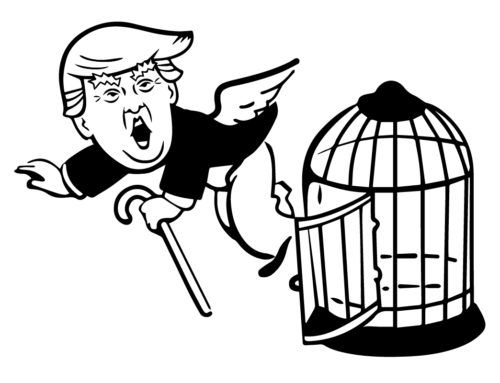
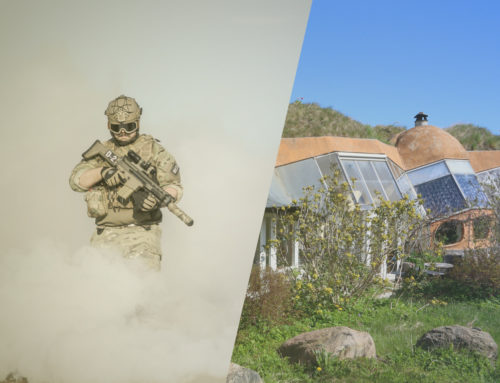
Leave A Comment